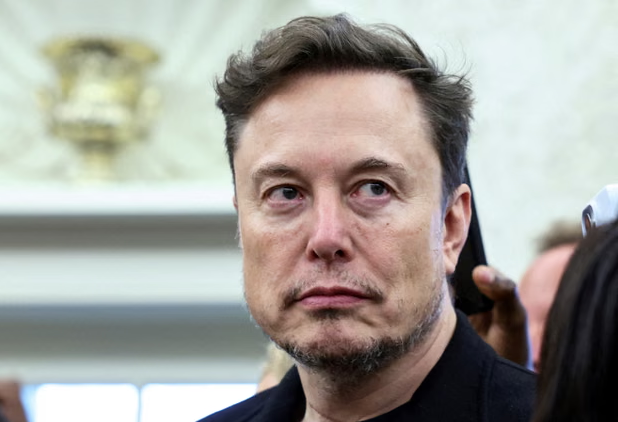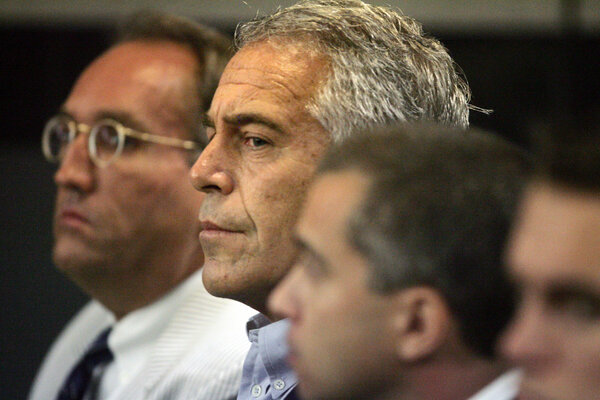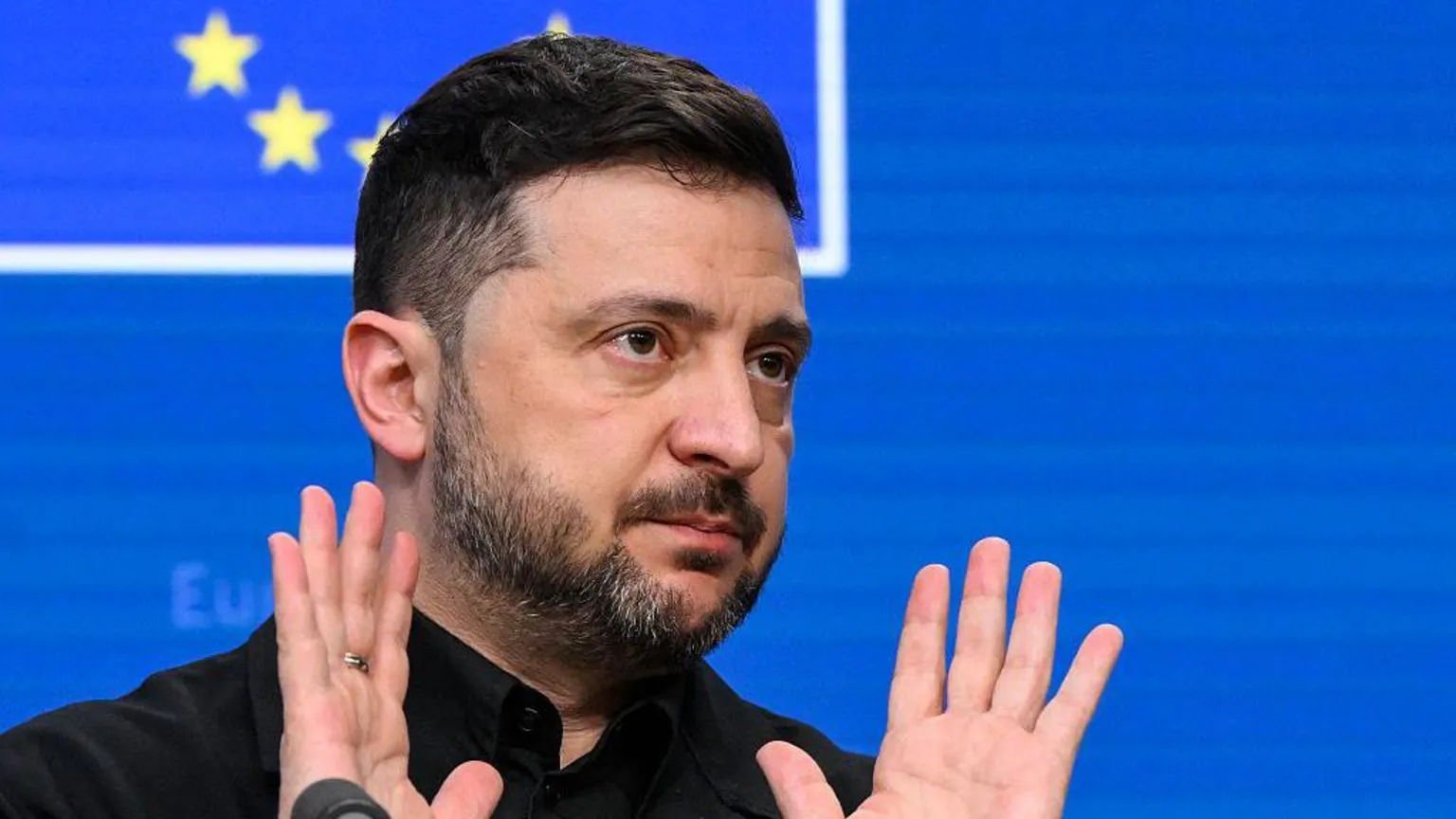
This article is more than
8 year oldSunil Gulati discusses 2026 World Cup bid, next USMNT coach
Gulati, 58, has decided to not seek re-election for a fourth four-year term as the leading man for USSF, with all of his focus now switching to the bid for the 2026 World Cup to be held in the United States of America, Mexico and Canada.
As the head of that bid team, Gulati will be a busy man between now and June 12, 2018 when that decision is voted on by FIFA’s associations around the world with Morocco the only other bid in the running to host the expanded tournament.
Speaking to Richard Conway from the BBC, the 11-year leader of USSF discussed a whole host of topics but the majority of the chat was focused on succeeding in bringing the 2026 World Cup to the USA, Mexico and Canada.
“We think we have a fantastic bid. We think we can promise more economic results than anybody else in the world could. Not just for this World Cup but for the last few and the next few. That’s primarily because of the size of the U.S., Canadian and Mexican market combined and partly because of the size of the stadiums and partly because there is no need to build any infrastructure… We are hopeful, we are optimistic but we are not guaranteed anything. Morocco has made it very clear they are going to bid aggressively and we will do the same and we will go out and try to win this election every way we can, that is within the rules.”
Gulati was then asked if FIFA really needs a World Cup in North America. His response, as a professor in economics at Columbia University who has turned the USSF into a hugely profitable organization, will not surprise you.
“Clearly the economics would be very, very positive,” Gulati added. “We’ve got the ability and will make the promise that we will have the biggest World Cup, by a wide margin, in terms of economics. There’s an easy way to show that. The ’94 World Cup, which had fewer games than every subsequent World Cup, is still the largest World Cup not only in terms of average attendance but in terms of total attendance, with fewer games. This is going to be an 80-game, 48-team World Cup. I can’t think of any place better than the U.S., along with our partners in Mexico and Canada, to take on that expanded size and that challenge for FIFA.”
Still, it wasn’t all about the 2026 World Cup.
Conway also revealed that Gulati said the U.S. men’s national team “may not appoint a new head coach until after the Russia World Cup when more candidates may be free.”
Considering he will no longer have a say in that matter, at least the overriding say as USSF president, that’s quite a big statement to make.
Anyway, what lies in store for the next six months for Gulati as he aims to rubber-stamp the join 2026 World Cup bid?
“We will be on the road a lot. We will go out and convince them. The bid is due in March, the formal bid, and there will be an inspection in April. We are not overly concerned about the inspection part of it. We think we will have a great technical bid but it’s the other pieces,” Gulati explained. “It’s the 211 members who vote, four will be excluded with the U.S., Mexico, Canada and Morocco, convincing those other 207. What I will be doing between now and June 12 is making sure that 104 of them are going to vote for the U.S. We’d like a few more, just to be sure, but it will be going out to talk to people, showing them the presentation and showing them what we can do, showing them the economics and the power of a World Cup in the United States.”
Economics is never too far from the conversation.




